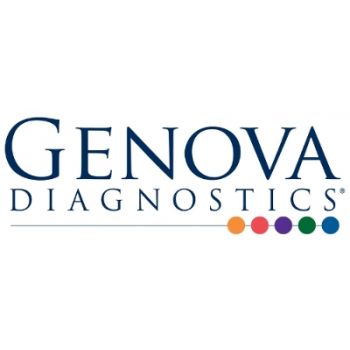



No ALGS individuals had abnormal fecal elastase values. In a multi-center cohort of ALGS patients, cross-sectional fecal human elastase measurements were normal in 95% and indeterminate in 5%. 5% or greater), children were only considered eligible for pancreatic enzyme supplementation if their COA was less than 88%. In order to detect a clinically significant difference in COA with enzyme supplementation (i.e. Patients were provided with a standard stool collection kit from Genova Diagnostics, a food diary and weigh scale. ALGS individuals were screened for eligibility for pancreatic enzyme supplementation using a 3-day stool collection at home with a concomitant food diary. The goal of this study was to identify ALGS children with fat malabsorption and to supplement these children with pancreatic enzymes to identify the pancreatic contribution to the steatorrhea in ALGS. In a pilot sub-study at a single ChiLDREN center, the Children’s Hospital of Philadelphia, ALGS children meeting the same eligibility criteria as above were recruited into an additional protocol to assess the magnitude of steatorrhea and pancreatic function. All fecal human elastase analyses were performed by enzyme-linked immunosorbent assay (ELISA) (Genova Diagnostics, Asheville, NC). Patients collected stool at home using a standard kit and shipped it to a central laboratory. Fecal human elastase measurement was obtained at one year of age or older on a one-time basis. To assess the prevalence of pancreatic insufficiency, all ALGS patients with their native liver underwent stool fecal human elastase measurement. Mutational analysis was performed in a genetics core laboratory. Prospective data were collected on an annual basis, including standard laboratory evaluations (serum biochemistry, hematologic parameters), and physical examination findings. The aims of this study included disease characterization and natural history assessment. In addition, mutation-positive siblings of ALGS probands were eligible for enrollment in a parallel but separate protocol. Individuals aged between 2 and 25 years and meeting clinical criteria for ALGS were eligible for the study. Sixteen centers were involved across North America and patients were recruited under local institutional review board approval. We sought to determine the prevalence of pancreatic insufficiency in ALGS using fecal human elastase.Īs part of the Childhood Liver Disease Research and Education Network (ChiLDREN), children with ALGS were enrolled in a multi-center prospective, longitudinal observational study. A negative test has a 99% negative predictive value for ruling out PI ( Beharry, Ellis et al. The importance of exocrine pancreatic involvement in ALGS lies in its potential role as a treatable factor in the growth failure in ALGS.įecal human elastase is widely regarded as the most reliable screening tool for exocrine pancreatic insufficiency (PI). These children subsequently received pancreatic enzyme supplements and experienced a reduction in stool frequency and increased appetite. In addition, a single clinical report documented decreased duodenal aspirate volume after secretin-pancreozymin stimulation over only a forty minute period, with decreased bicarbonate and lipase concentrations in the aspirate, in 6 children with bile duct paucity ( Chong, Lindridge et al. Jagged1-deficient mice have been shown to exhibit pancreatic anomalies ( Golson, Le Lay et al. Earlier data have pointed to the possible existence of primary pancreatic disease in ALGS. This finding may reflect primary exocrine pancreatic disease and/or cholestasis and impaired bile salt circulation. In that study, 25/26 (96%) of prepubertal children had a COA < 93%. Steatorrhea has been documented in ALGS based on abnormal coefficients of fat absorption (COA) calculated from 72-hour stool collections ( Rovner, Schall et al. The disease genes are JAGGED1 and NOTCH2, both members of the Notch signaling pathway ( Li, Krantz et al. Alagille syndrome (ALGS) is an autosomal dominant, highly variable disorder, typically manifest by cholestatic liver disease ( Alagille, Odievre et al.


 0 kommentar(er)
0 kommentar(er)
